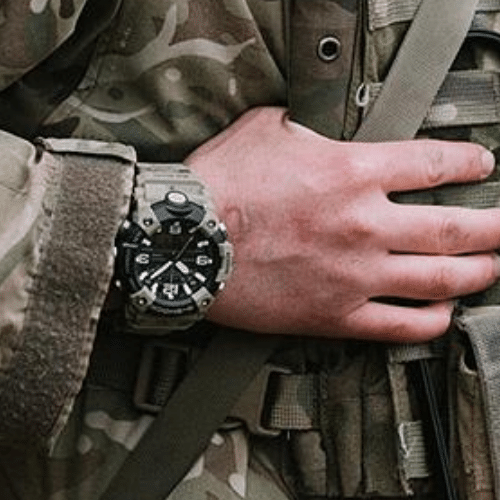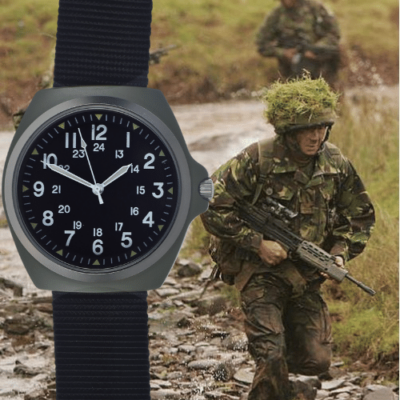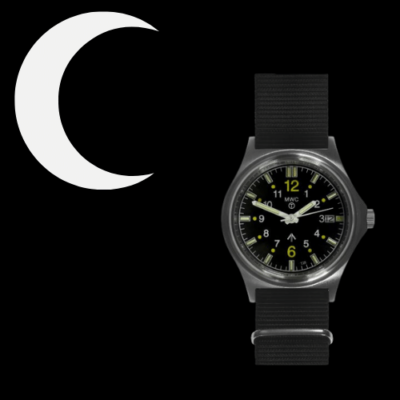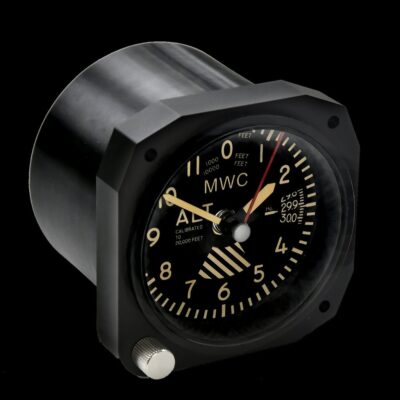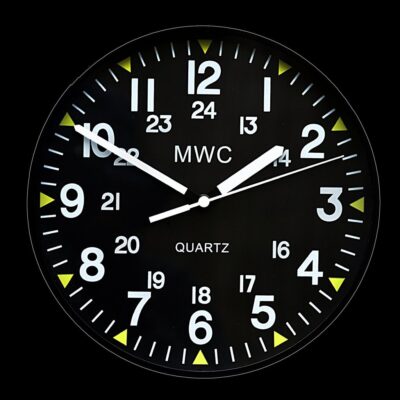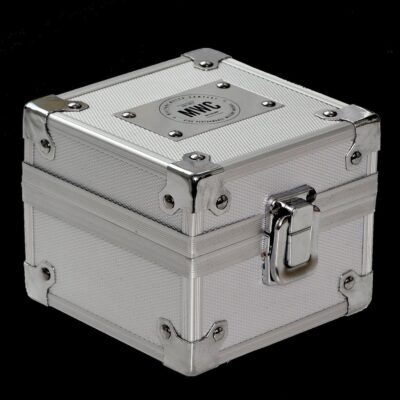News
Russian Army Deploys Armoured Trains to Resupply Frontline Units in the Donbas
The Russian Armed Forces have deployed armoured trains to resupply Army units in the disputed Donbas regions for ongoing high intensity engagements with Ukrainian and supporting Western forces. New insight into the use of trains to support logistics was providedby state media’s publication of images of the armoured train Yenisey as part of a “combat coordination” exercise under Battlegroup Centre. Alongside the resupplying of frontline forces, the train has also been use for reconnaissance operations and to support the repair of railway lines. Trains like the Yenisey also retain limited defensive combat capabilities, and integrate ZU-23-2 anti-aircraft guns and multiple heavy machine gun mounts. Although the Donbas regions claimed by both Ukraine and Russia were integrated into the Ukrainian state before 2014, the railway lines were fully integrated with those in Russia when they were constructed in the Soviet era, allowing for relatively seamless resupply operations.

The Russian Army has attributed considerable importance to the sustainment and defence of railway lines to resupply frontline forces, contrasting to the norms seen in Western militaries where resupply is predominantly done by sea, road, airdrop and using rotary wing aircraft. The wartime utility of trains operating near the frontlines is expected to be closely observed by states such as China, India and North and South Korea, which retain options for similar resupply operations in major hotspots. Where the large majority of Western combat operations are expeditionary in nature, with the vast majority occurring in Asia, Africa and the Middle East, the Russian Armed Forces and before them the Soviet Armed Forces have for decades primarily focused on preparations for a war in or adjacent to Russian, Soviet, or Warsaw Pact territory, which would allow railways to play a much greater role in logistics efforts.
The derivation of high levels of utility from railway logistics has significant precedents in the Second World War, including for the mass transfer of war materials from the Russian Far East to the Western portions of the USSR to respond to the German-led European invasion in 1941. More recently, railways have played key roles in ferrying supplies both form major weapons depots across the country to their refurbishment facilities or to frontline units, as well as from North Korea, the armaments of which the Russian Army has become increasingly heavily dependant on.

